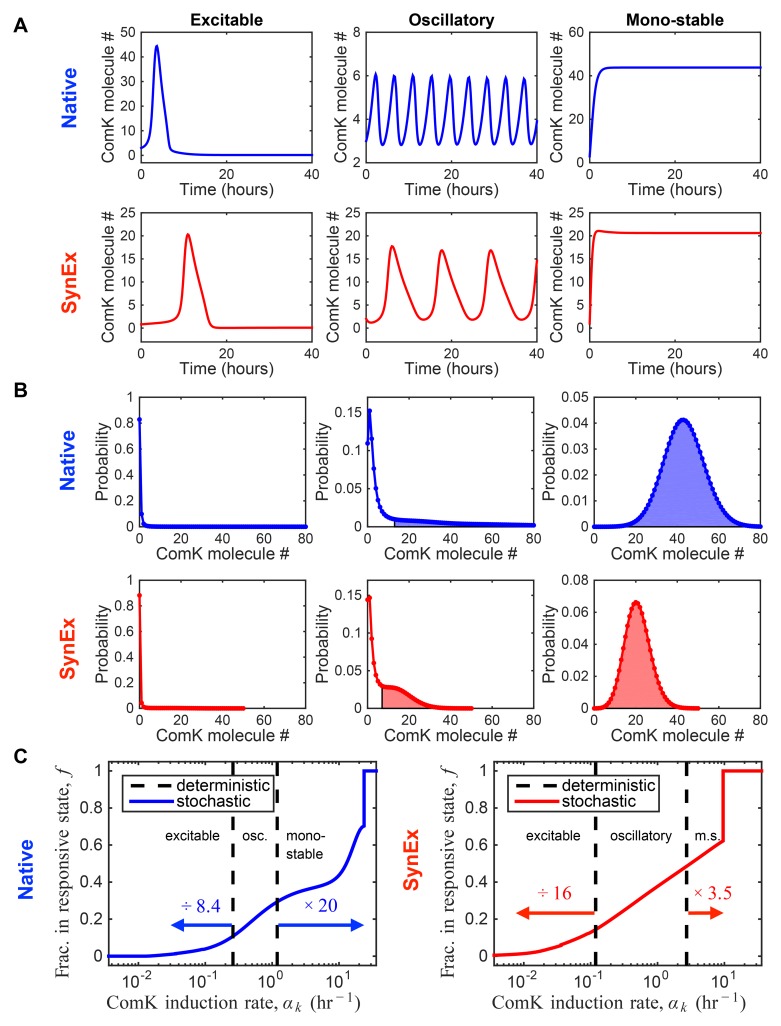Fig 3. Stochastic modeling of B. subtilis competence.
(A) The deterministic model of each circuit (see Eqs 6 and 7) exhibits three dynamic regimes (excitable, oscillatory, and mono-stable), depending on the ComK induction rate αk, which models stress level. (B) The stochastic model (see Eqs 1–5) reveals the ensuing distribution of ComK levels in each of the three dynamic regimes (excitable, oscillatory, and mono-stable). The fraction of the distribution in the responsive state f (determined by the inflection points, see Materials and Methods) is shaded. (C) Whereas the deterministic model exhibits sharp transitions between the dynamic regimes (dashed lines), the stochastic model exhibits a continuous dependence of f on induction rate. We see that for both circuits, stochasticity extends the viable response range (0 < f < 1) beyond the transitions predicted by the deterministic model, in both directions, by the factors given above the arrows (see Materials and Methods). Parameters are as in [16] and are given in S1 Text. In A and B, from left to right, the values of the control parameter are αk = {0.072, 1.15, 36}/hour (native) and αk = {0.036, 1.8, 36}/hour (SynEx). In A, from left to right, the initial conditions are ComK molecules and ComS molecules (native), and ComK molecules and MecA molecules (SynEx); in the excitable regime (left), the initial conditions are chosen to demonstrate the single, transient excitation.

